5 Steps to Build Dynamic Pricing Engine
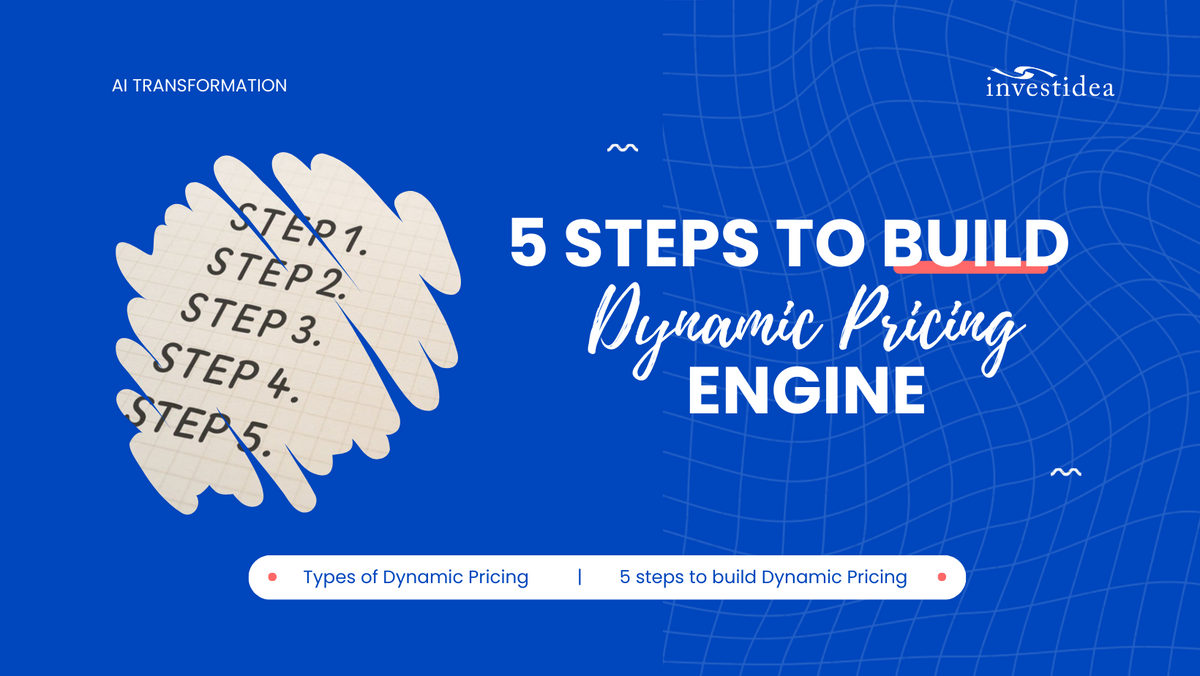
Continue with the article sharing about Dynamic Pricing is the game changer, we all know that the time is come, with the power of AI/ML technologies today, that is not difficult and expensive to build your own Dynamic Pricing Engine. Let's go through this article with us, you will definitely clear the road to your "Dynamic Pricing Engine", just like what been happened with Uber, Amazon, AirBnb, ...
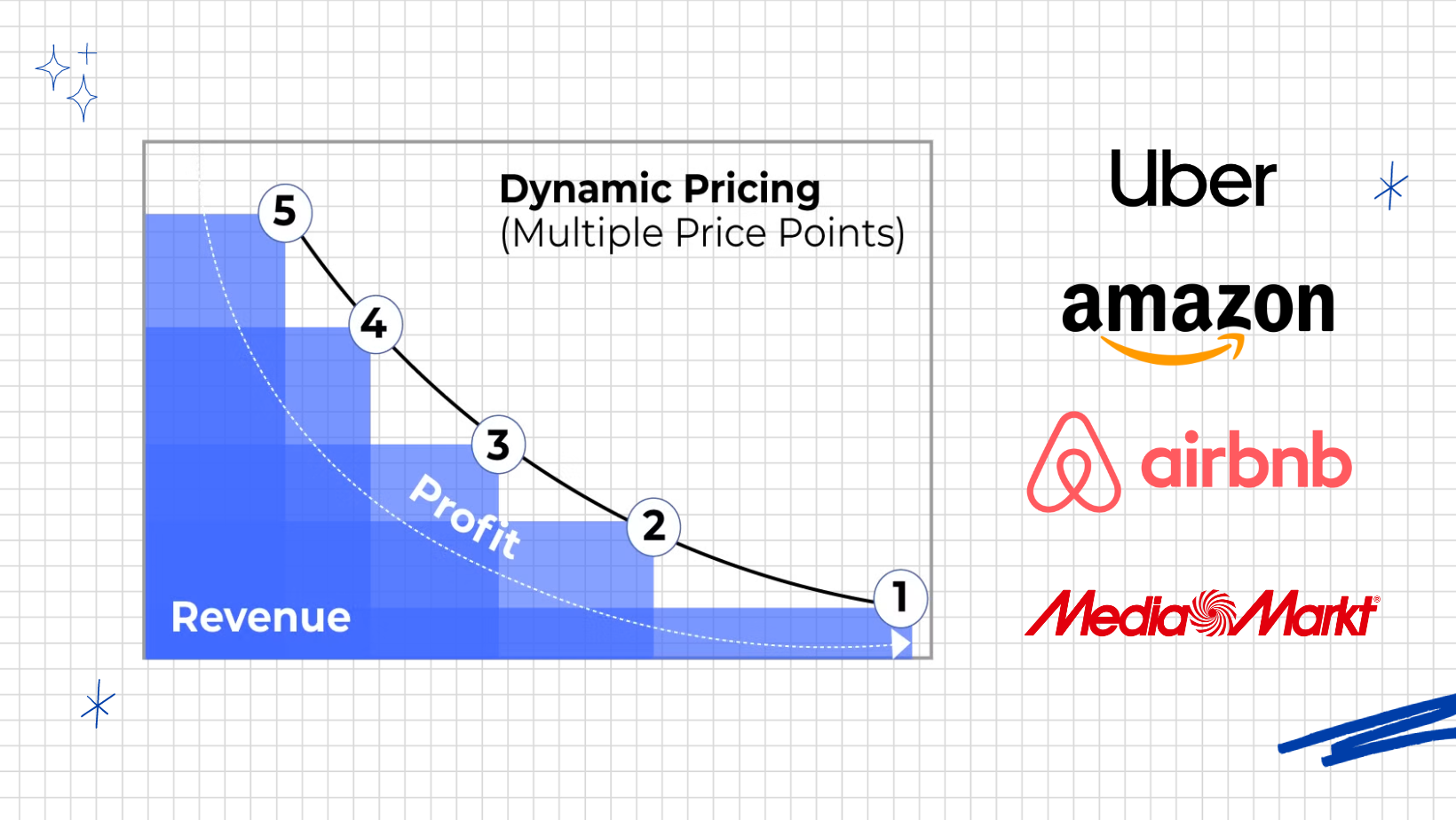
Types of Dynamic Pricing:
1 - Time-based Pricing
The time-based pricing occurs when a surge or reduction in demand is linked to a particular time. Businesses also use this strategy to entice customers to make quick purchasing decisions.
2 - Segmented Pricing
Segmented pricing is a model where you establish two or more prices for the same product. This pricing is ideal for audience segments that perceive your product’s value differently, considering your customer demographics, locations, type of products, ...
3 - Peak Pricing
Transportation and hospitality companies often use peak pricing. If demand increases during a certain month or season, prices increase. For example, airfare goes up during the holidays. In 2022, airfare costs jumped 20% during Labor Day weekend.
Now if you already know your types of Dynamic Pricing, let's start build it!

Let's start the magic with 5 Steps:

Step 1: Identity the list of factors influencing to the Price
Each individual business is unique and special, and that's why:
- Market trends: The cost of raw materials or the time of the year can significantly impact pricing. The cost of a winter coat in July is probably going to be less than in December.
- Inventory on hand: If you have a significant amount of product taking up warehouse space, you may lower prices to clear space for new products.
- Supply and demand: If there’s significant market demand for a product, but little supply, the cost per product is going to increase.
- Competition: Increased competition historically keeps prices lower. That’s why monopolies are typically bad for consumers and regulators work to avoid them.
- Consumer expectations: The consumer ultimately decides on if a purchase is made. If their expectations are not met, the number of buys decreases, which will force prices down. Price perception and if the customer feels the price is fair also matters.
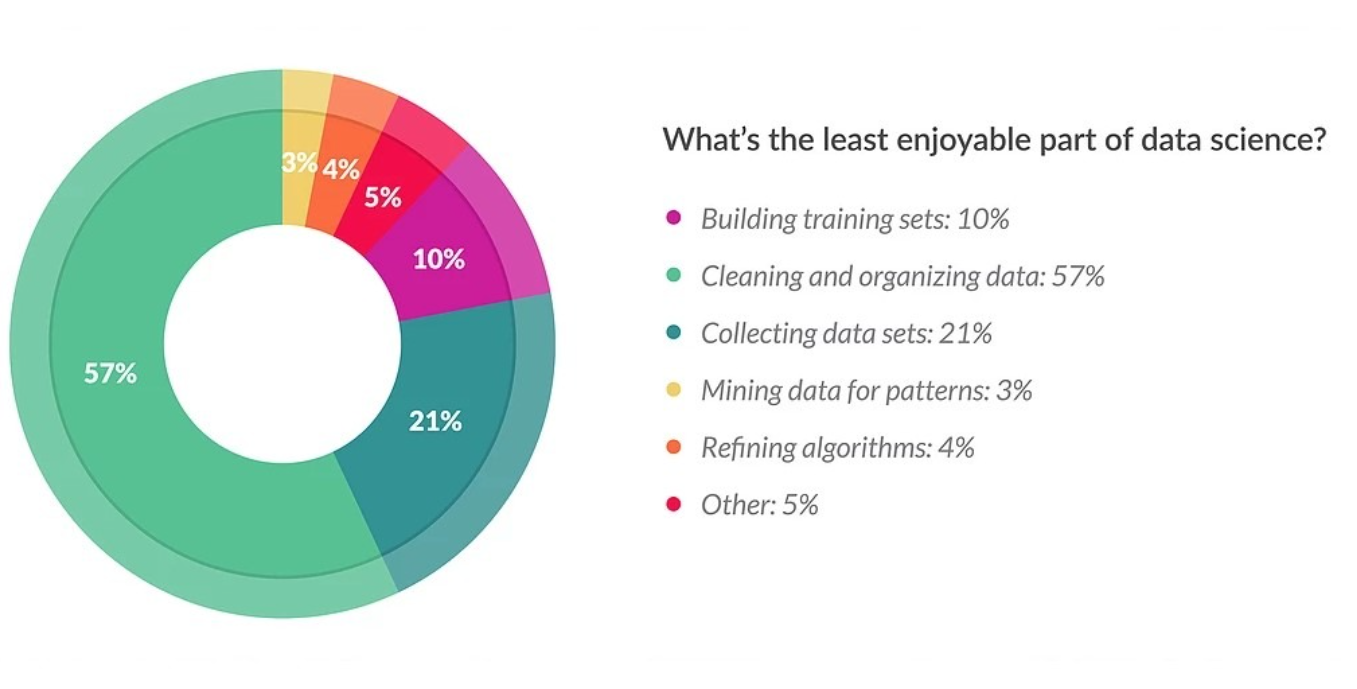
Step 2: Implement data collection and clean data
After identifying the price-influenced factors, we need to continue to identify the data source of those factors. Data may come from:
- In-house operation performance: stock cost, sale performance, customer feedback, operation cost, vendors' product/service cost, ...
- Competitors' websites
- Market updates come from trustable news and communities.
- ... and more ...
Collecting data is the 1st important process, but cleaning and processing data is much more important. This step may require a lot of effort to structure data before passing them into the AI/ML Model.

Step 3: Build an AI/ML Model to remove untrusted data
The first benefit of AI/ML we can apply to Data Processing is the Clustering ML Model. From this we can be able to:
- Remove untrusted data to help improve the accuracy of the algorithm
- Classify pricing by multiple factors
Step 4: Build AI/ML to suggest price/forecast price
After this, we continue to apply AI/ML to represent the pricing strategy of your business (which manually happening now) by the system with fully automated. Based on this core AI/ML model, we can be able to provide more information such as:
- Suggest price: including the minimum, and max suggested prices
- Forecast price: forecast price in the future (may differ by location or some special factors)
- Average market price and forecasting
- Average competitor price and forecasting
- ... and more ...
The system can be able to be fully 100% automated to update the suggested price in real-time or schedule every hour. Or safer, we can have a notification trigger to get manual review and adjust from human resources.

Step 5: Gather price adjustment from Operation to Optimize
This last step is the most important to improve the AI/ML algorithm, based on the suggested price, the operation will react and process the final sold price or the sale performance back to the AI/ML Dynamic Pricing Engine. This feedback will be the new factor adjusting into the AI/ML algorithm so that we can have a feedback loop to optimize the accuracy of the suggested price on running operations.
Thus, during the Operation running, there will be several updates that need to be followed and optimized such as:
- Add new factors or remove/reduce influence of some factors
- Add new competitors/remove competitors
- Add more news for market-trending
- Add new products/services
- ... and more ...
Output Expectation:
Building a Dynamic Pricing system is not an easy roadmap for sure, for the great success of the engine, we need good teamwork between 02 experts: you, the expert in the business, pricing strategy and operation performance, and our Investidea AI/ML tech consultant, the expert in Data, AI/ML who know the explore the best the power of AI/ML and the core Engine of Dynamic Pricing from our past experiences.
Even the roadmap is a challenge but the result is always deserved. Having a good Dynamic Pricing engine will unchain your business and open a lot of opportunities for scale and optimization. Let's connect to us via sale@investidea.tech and share your Dynamic Pricing strategy, we are happy to bring AI transformation to your business, starting right NOW.
————––
𝐈𝐧𝐯𝐞𝐬𝐭𝐢𝐝𝐞𝐚 𝐓𝐞𝐜𝐡 - 𝐁𝐫𝐢𝐧𝐠 𝐢𝐝𝐞𝐚𝐬 𝐭𝐨 𝐋𝐢𝐟𝐞
📞 Hotline: (+84) 886 996 436
📧 Email: hello@investidea.tech
🌐 Website: investidea.tech
#Investidea #InvestideaTech #BringIdeasToLife

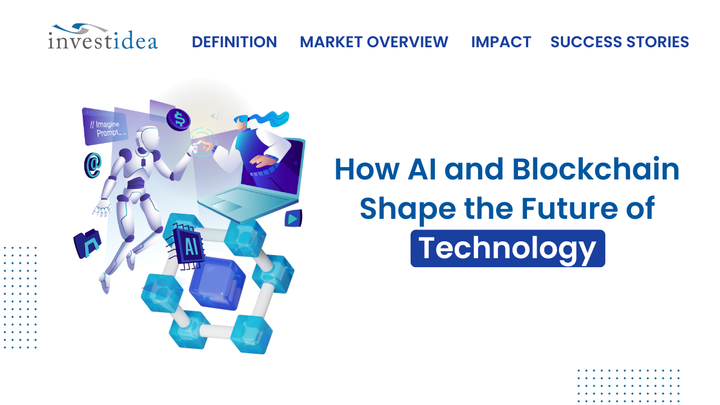
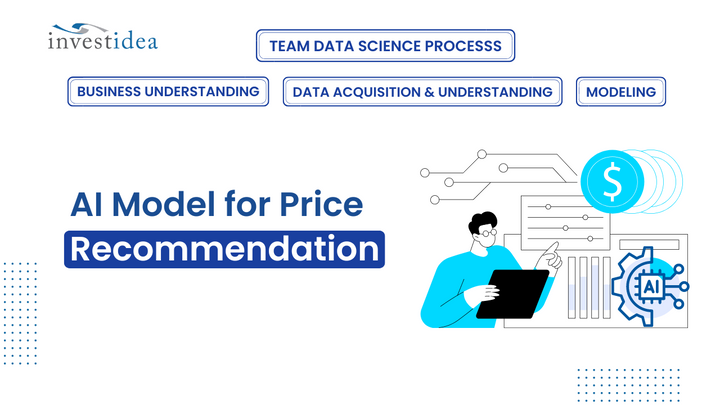
![[S1.03] AI Consultant Business Model](/blog/content/images/size/w720/2024/06/S1.-02--1-.png)
Comments ()